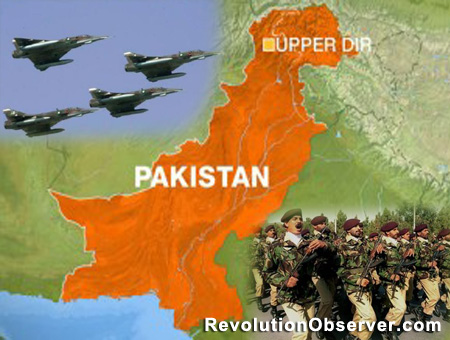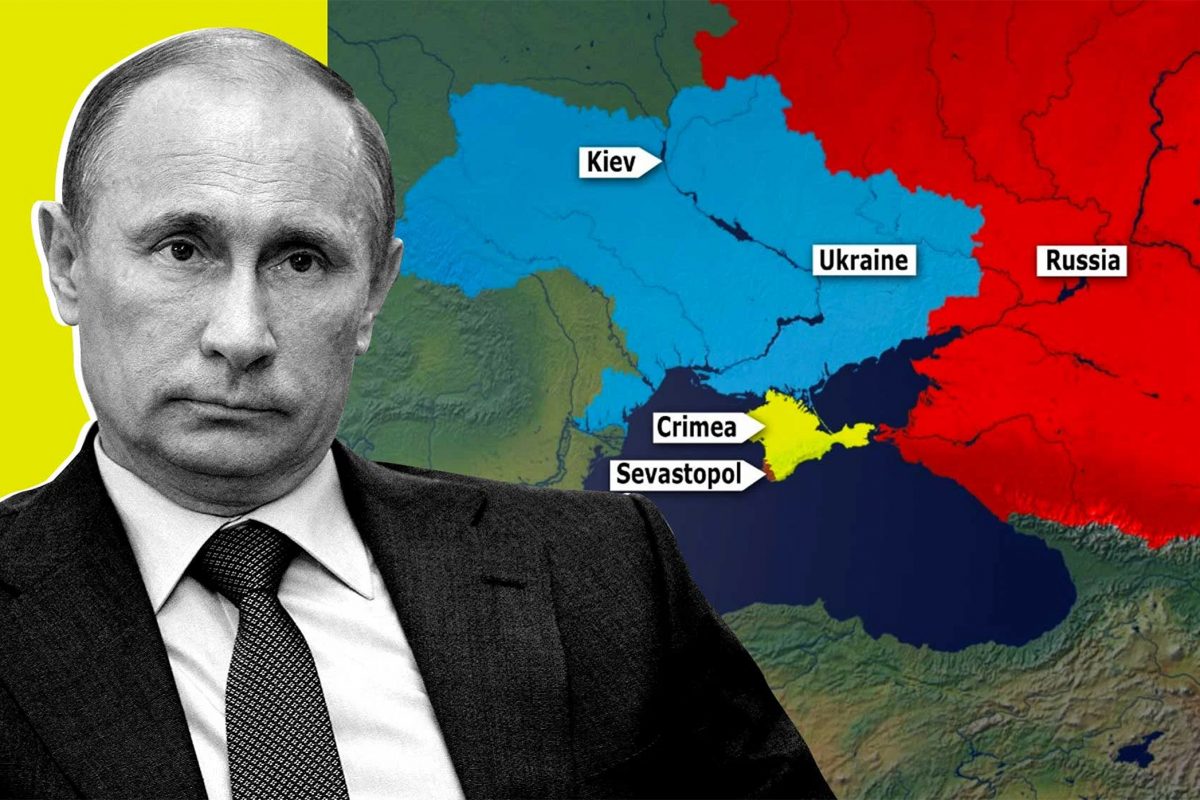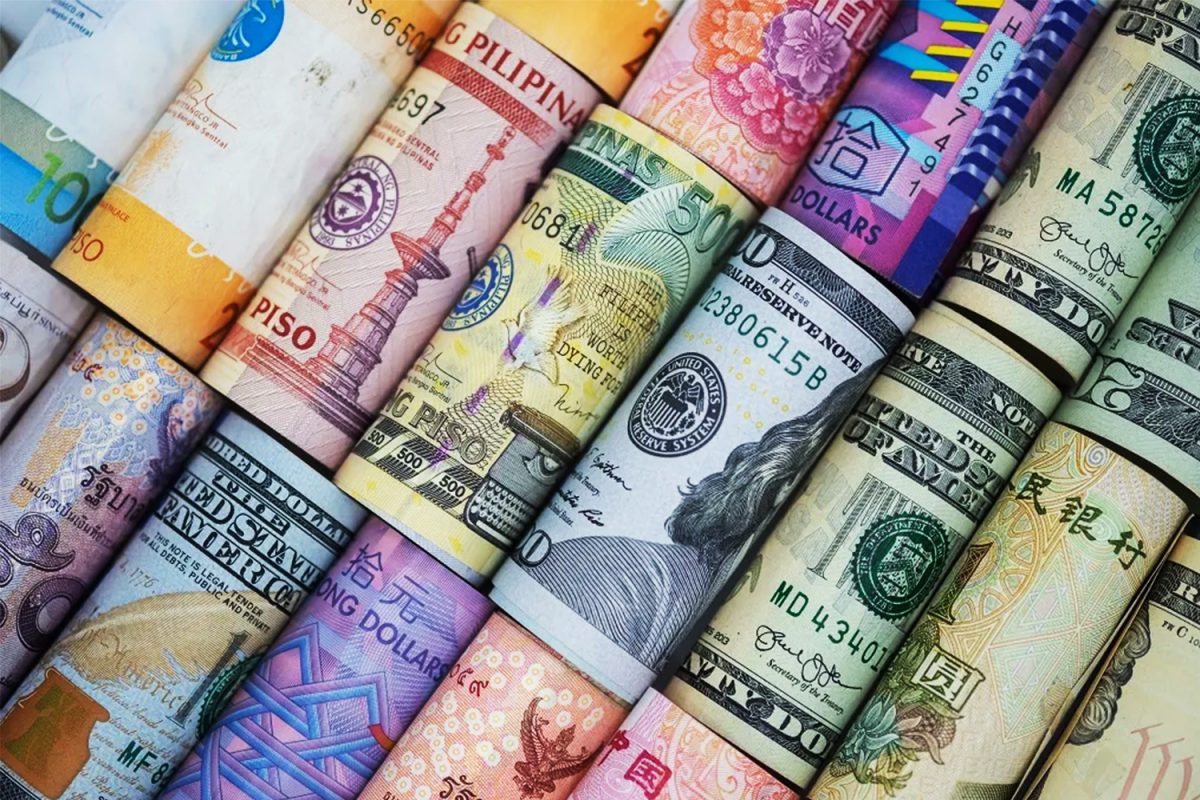By Bilal Khan
The world is increasingly looking at Pakistan’s economic challenges as a key issue concerning global political stability and security.[1] With 90% of the country’s population knowing the current economic situation to be bad, and a majority believing it to only get worse in the future[2], it is clear that there is very little public trust in the Pakistani government to address the situation. The executive board of the International Monetary Fund (IMF) concluded that “deep-seated structural problems and weak macroeconomic policies have continued to sap the economy’s vigour.”[3] In other words, the country’s economic potential is being withheld due to deep-rooted problems, among them, corruption.[4]
Since 2009 Pakistan’s economic growth had averaged 2.9% of its gross domestic product (GDP), which is too low when compared to the country’s economic needs, such as expanding employment for its growing labour pool.[5] With prices of goods rising 11% per year[6] and Pakistan’s inability to generate enough growth for additional employment[7], the country’s economic problems are poised to only worsen. Relative to the country’s economic potential and capacities, this is surprising.
Pakistan is among the world’s largest producers of wheat (9th), milk (4th) and rice (12th).[8] At a time where world food demand is rising significantly[9], one should expect the country’s economic position to be more valued given its food output. In addition, the country possesses the world’s largest canal irrigation systems and notable mineral and fossil fuel deposits.[9] Even as the country is challenged with energy shortages, its manufacturing industries have demonstrated remarkable resiliency in meeting their export demands.[11]
Despite this potential, Pakistan remains as a country whose government feels compelled to rely on foreign money and policies (from the IMF) as a means to keep it economically afloat.[12] Contrary to the government’s views[13] however, the best solutions to Pakistan’s problems are within the country itself and not within other governments or international financial institutions such as the IMF. For example, while the Pakistani government’s budget is running on a large deficit, the country’s tax revenues amount to less than 10% of its overall GDP.[14] This figure is derived from the tax payments of 768,000 individuals.[15] Moreover, most of the country’s parliament members (i.e. the majority of those who govern the country) do not pay taxes.[16] There is little to suggest that the country’s corruption will wane – Pakistan fell to becoming the 33rd most corrupt country in the world for 2012, according to the Corruptions Perceptions Index (CPI) by Transparency International, a drop from being 42nd in the previous year.[17]
Instead of genuine long-term economic reforms, the Zardari government insists on pushing short-term fixes, through the use of strongly questionable policies. For example, in order to temporarily fill the public budget the Zardari government plans to offer amnesty to tax evaders in return for $400.[18] At best, this amnesty offer is expected to bring in a paltry 0.5% of GDP in revenue for the state.[19] Moreover, it fully pardons those who have previously evaded taxation, in effect, offering them a clean slate. Zardari’s electoral concerns are also believed to be a factor in this policy. [20]
The Pakistani government, instead of relying on its wealthiest citizens (who are, in many cases, its own members), prefers using foreign money, namely aid and loans.[21] Figure 1 below illustrates the sharply increased use of IMF-credits by the Zardari-government. Much less ensuring the country’s economic strength, such policies will only serve to subordinate the country’s economic goals (and resources) to outside influences. For starters, the country will continue servicing its debt (with interest), resulting in the outflow of billions of dollars which could have been used to support the nation (Figure 2).
Figure 1: Reliance on IMF Credits. Source: World Development Indicators (WDI), World Bank.
FIgure 2: Payments on External Debt. Source: World Development Indicators (WDI), World Bank.
Despite the reality that the current government is responsible for these inefficiencies, merely replacing Zardari or his party will not address the root causes of corruption. Within the current framework of Pakistani politics, the Pakistani legislature is largely composed of wealthy agriculturalists, traders, leaders of the textile industry and others who have not only failed to fulfill their own personal tax obligations, but also have scuttled previous attempts towards bringing their industries and companies to taxation.[22] This reality leaves very few options for substantive change within Pakistan’s current political and ruling framework. Even a new government committed to genuine economic improvement would find it immensely challenging to introduce new sensible policies, especially given the obstacles at the legislative level, much less during implementation.
Thus far, the international community (e.g. the IMF and the United States) have failed to offer any meaningful guidance to the country. Historically, Pakistan was far too lenient in instituting IMF-led reforms, particularly Structural Adjustment Programs (SAP) mandating the deregulation and liberalization of its financial sector, privatization of state-owned corporations (thereby removing potential revenue generators for the state) and international trade.[23] However, while these policies may have aligned Pakistan with foreign economic ideals, they have not addressed the country’s root political and governing problems. In fact, despite the glaring realities of Pakistan’s systemic weaknesses, the IMF is poised to continue supporting the Zardari government with loans and credits for “geopolitical, and not economic concerns.”[24] With no aim to strengthen the economy, Pakistanis will ultimately pay in billions of dollars to service their government’s debt, but with nothing to gain.
The structural flaws in Pakistan’s economy cannot be subject to piecewise reform, it can only be handled with radical change. Only the transformation into a complete Islamic system will put an end to the country’s enslavement to the corrupt elite, the failure of the capitalist system, and the colonizing West. Such change cannot be confined to the economic system, but has to come in the context of comprehensive change based on Islam. Economic sufficiency, fairness in wealth distribution, and material prosperity come hand in hand with intellectual elevation, political independence, and pan-Islamic unity that are part and parcel of a greater Islamic renaissance.
[1] Stokes, Bruce. “Seeds of Unrest in Pakistan’s Economy.” Pew Research Global Attitudes Project. 7 February 2013. Available at:
[2] Stokes, Bruce. “Seeds of Unrest in Pakistan’s Economy.” Pew Research Global Attitudes Project. 7 February 2013. Available at:
[3] Stokes, Bruce. “Seeds of Unrest in Pakistan’s Economy.” Pew Research Global Attitudes Project. 7 February 2013. Available at:
[4] “TI ranks Pakistan 33rd among most corrupt nations.” Business Recorder. 6 December 2012. Available at:
[5] Stokes, Pew Research. February 2013
[6] Stokes, Pew Research. February 2013
[7] Stokes, Pew Research. February 2013
[8] Ahmad, Mansoor. “Pakistan has economic potential despite troubles.” The News (Jang). 01 August 2012. Available at:
[9] Chestney, Nina. “World Food Demand to Outpace Supply In Coming Decades, UN Claims.” The Huffington Post. 30 January 2012. Available at: < http://www.huffingtonpost.com/2012/01/30/world-food-demand-population-growth_n_1241435.html>
[10] Mansoor. The News. August 2012.
[11] Mansoor. The News. August 2012.
[12] Stokes, Pew Research. February 2013
[13] “Pakistan’s economy: Plugging leaks, poking holes: Who will pay for Pakistan’s state?” The Economist. 8 December 2012. Available at:
[14] “Pakistan’s economy: Plugging leaks, poking holes: Who will pay for Pakistan’s state?” The Economist. 8 December 2012. Available at:
[15] “Pakistan’s economy: Plugging leaks, poking holes: Who will pay for Pakistan’s state?” The Economist. 8 December 2012. Available at:
[16] “Pakistan’s economy: Plugging leaks, poking holes: Who will pay for Pakistan’s state?” The Economist. 8 December 2012. Available at:
[17] Business Recorder. December 2012.
[18] Economist. December 2012.
[19] Economist. December 2012.
[20] Economist. December 2012.
[21] Economist. December 2012.
[22] Economist. December 2012.
[23] Qayyum, Abdul. Idrees Khawaja and Asma Hyder. (2008) “Growth Diagnostics in Pakistan.” European Journal of Scientific Research. Vol. 24: 3. Pp. 433-450. Available at:





